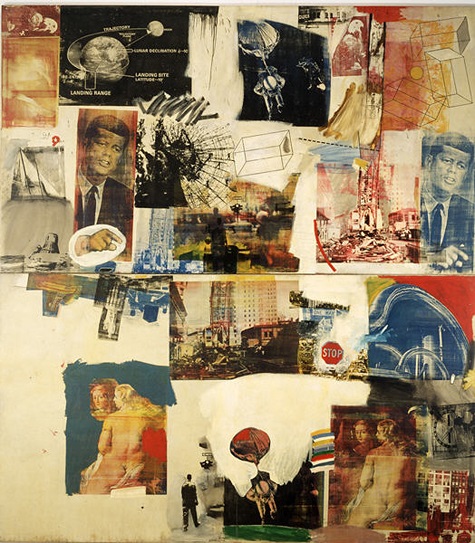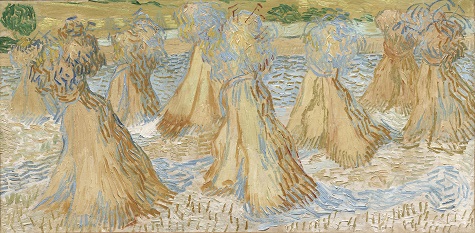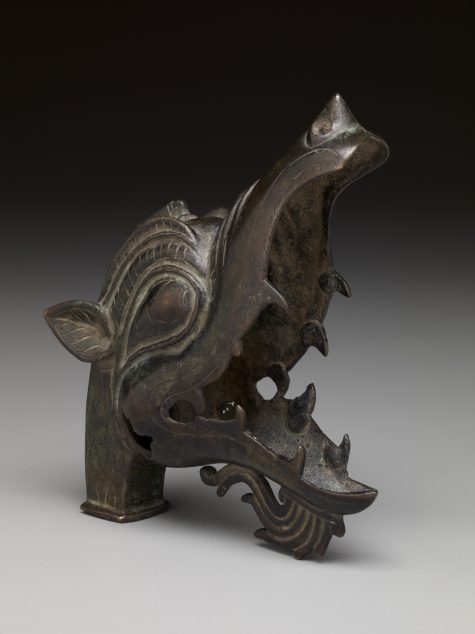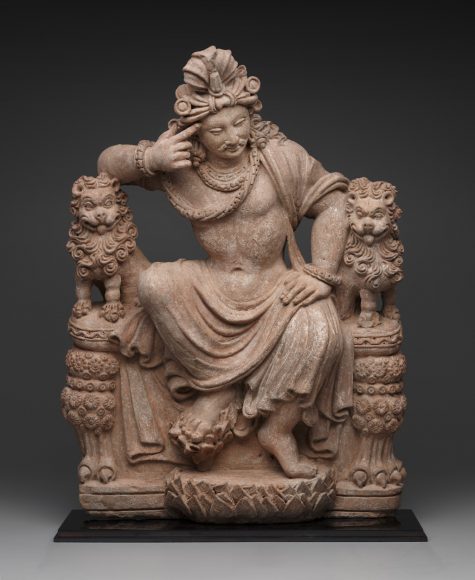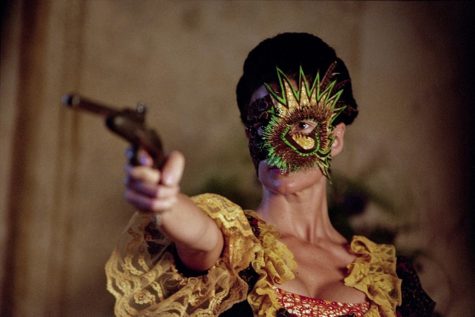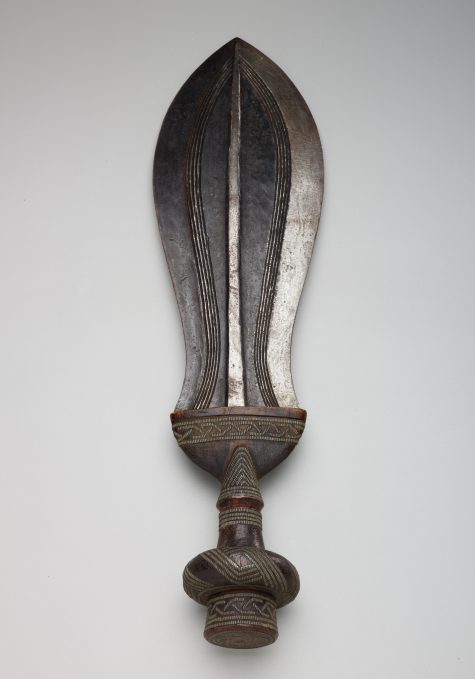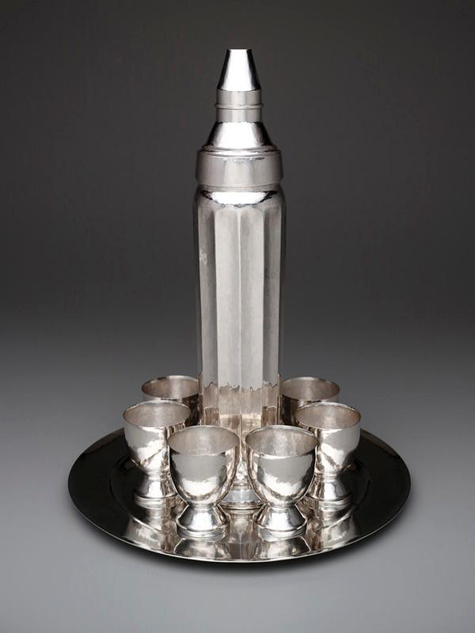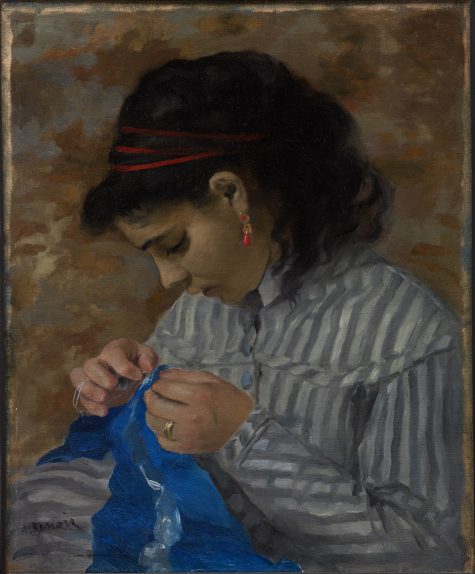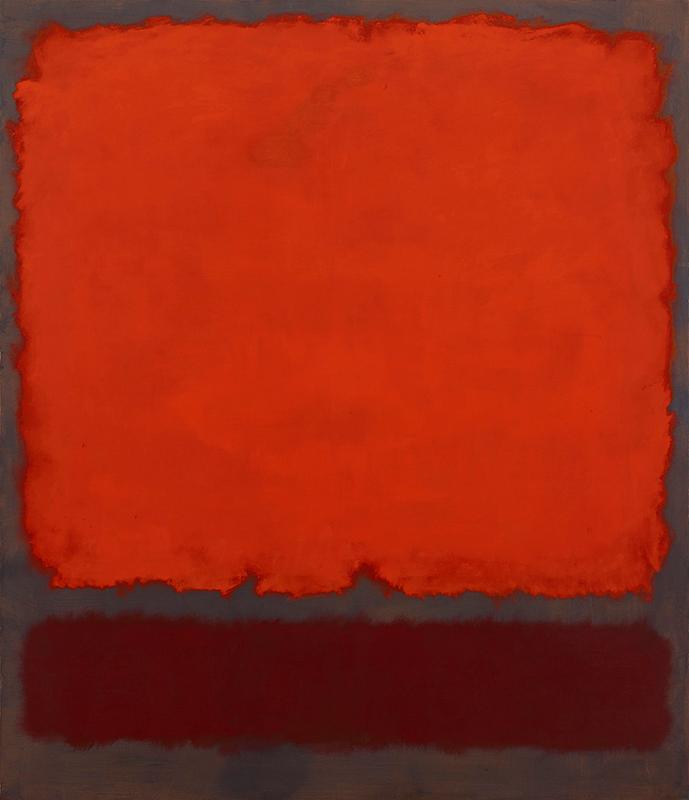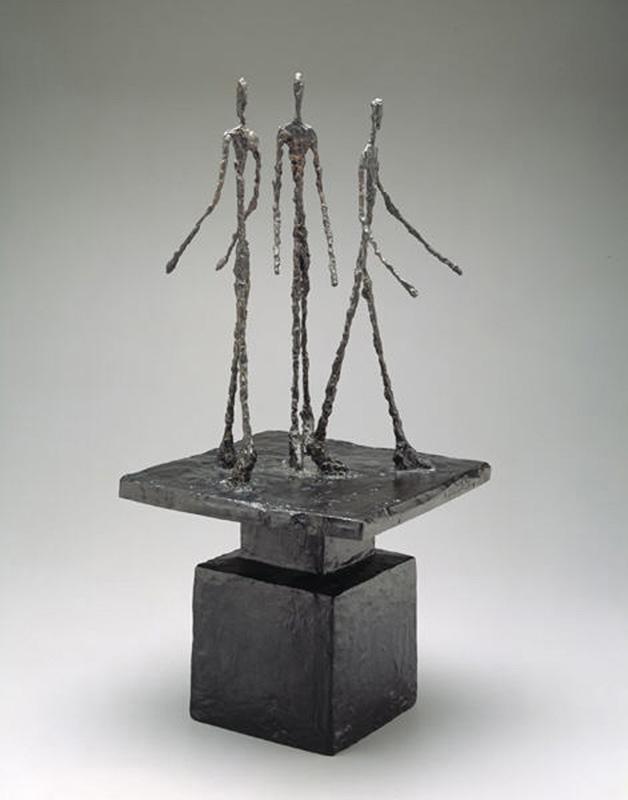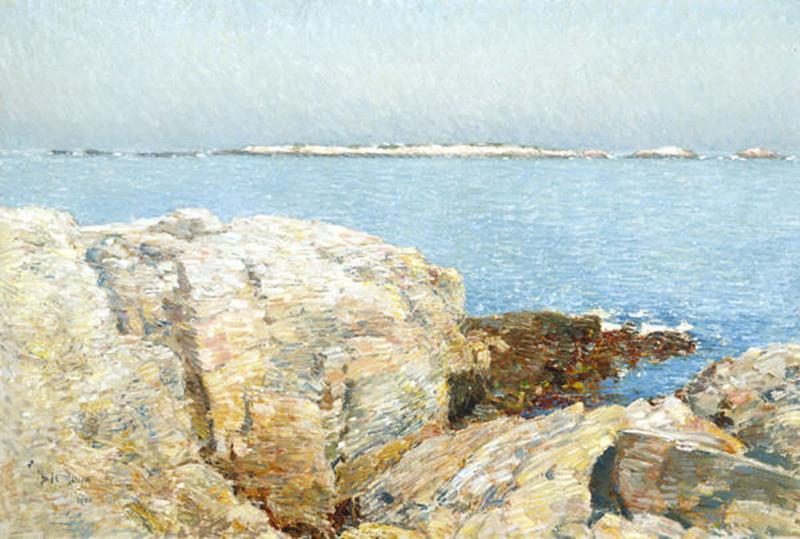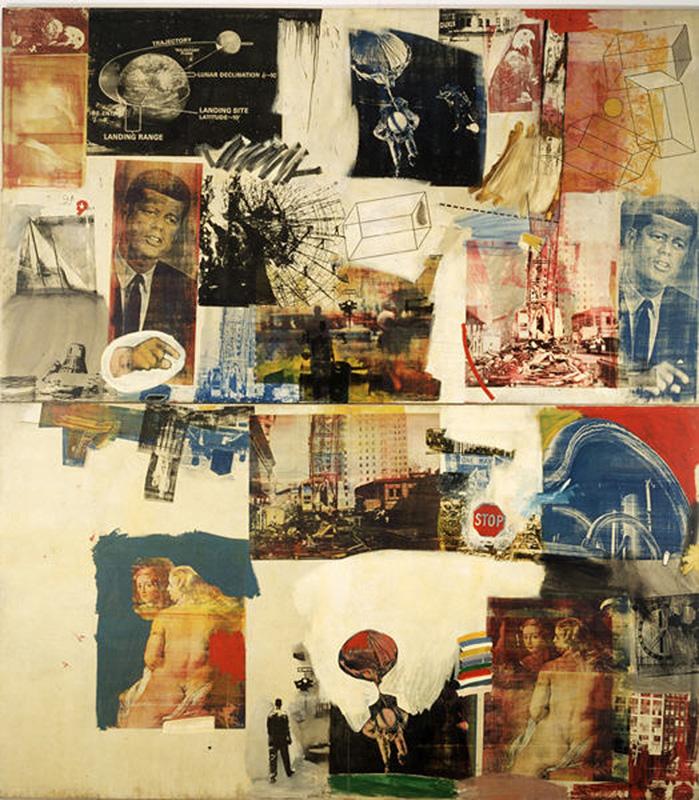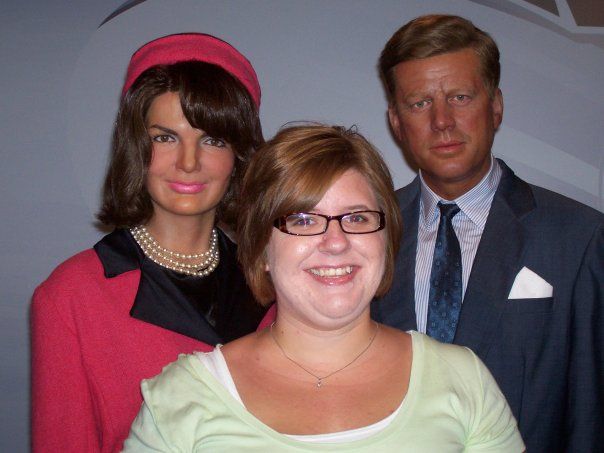It’s that time of year again, and the excitement of the Dallas PCS Marathon has arrived! Last year, the marathon races drew over 15,700 runners and 300,000 spectators. It’s expected to be bigger than ever this year, and the city of Dallas is pulling out all the stops. The Dallas Museum of Art is joining the city in welcoming runners and their friends, families, and fans alike!
As both a McDermott intern in the education department and a runner, I had the pleasure (and pain!) of gaining my Museum feet during the height of my training for the marathon. As I learned to navigate through the galleries, I discovered that the DMA has many things in common with a marathon: it’s huge, it’s inspirational, and there are lots of friendly staff members to support you along your journey. Therefore, I am thrilled to combine two of my passions–running and museums–in inviting you to embark on your very own DMA Marathon. I’ve highlighted some of my favorite artworks throughout the DMA’s galleries, hand-picked to motivate, inspire, and refuel you. So, what are you waiting for? Lace up your running shoes, and get ready to explore!
Registration: DMA Atrium
The DMA has free general admission (every day!), so you don’t need to pull out your wallet for this race. But please do hit up the Visitor Services Desk to sign up for the DMA Friends program. With your shiny new DMA Friends membership, you’ll be able to check in at various locations in the Museum and earn points toward exciting DMA rewards such as free parking, sneak peeks at new exhibitions, and exclusive Museum experiences. The Atrium is also a great place to grab a pre-race bite in the DMA Cafe, use the line-free bathrooms, and get in your stretches in front of Robert Rauschenberg’s breathtaking Skyway or Rufino Tamayo’s iconic painting El Hombre (Man).
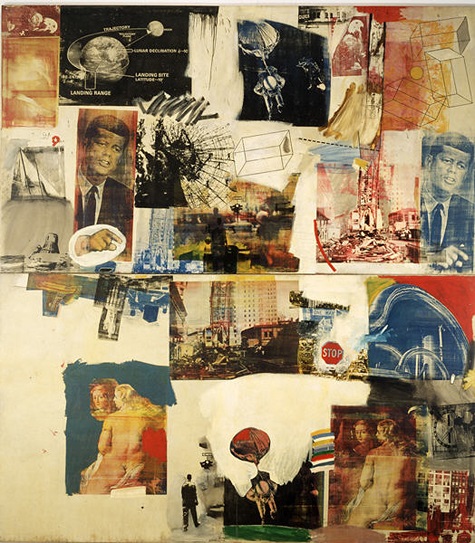
Robert Rauschenberg, Skyway, 1964, oil and silkscreen on canvas, Dallas Museum of Art, The Roberta Coke Camp Fund, The 500, Inc., Mr. and Mrs. Mark Shepherd, Jr. and General Acquisitions Fund, (c) Rauschenberg Estate/Licensed by VAGA, New York, NY
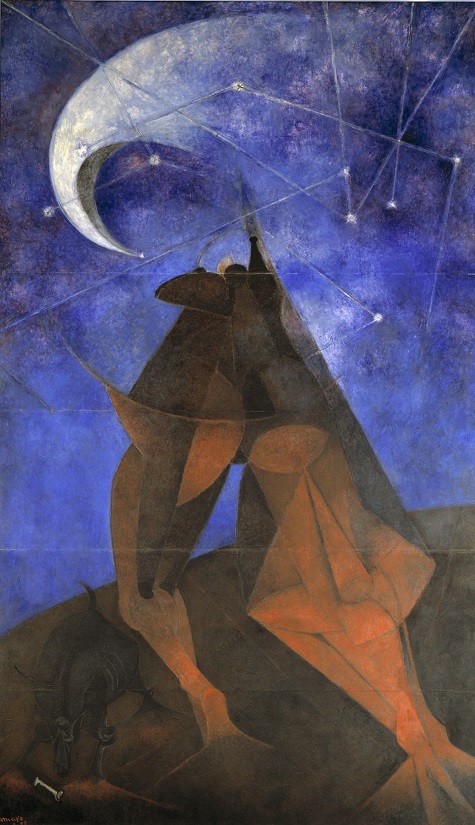
Rufino Tamayo, El Hombre (Man), 1953, vinyl with pigment on panel, Dallas Museum of Art, Dallas Art Association commission, Neiman-Marcus Company Exposition Funds, (c) Estate of the artist in support of Fundacion Olga y Rufino Tamayo, A.C.
Resist Temptation and Find Your Pace: Level 4: Ancient American Art and American Art
The starting gun goes off and you head up the stairs to Level 4, where you will come face to face with Tlaloc, the DMA’s rain god. But no need to worry about rain inside the Museum, Tlaloc was also a war god and will send you off with blessings of stamina and power!
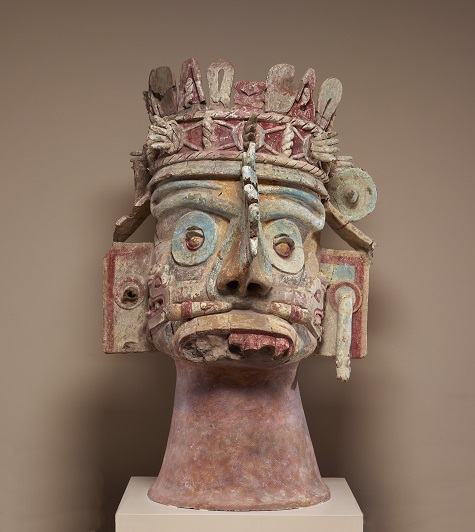
Head of the rain god Tlaloc, Mixtec, Late Postclassic period, c. 1300-1500, ceramic, tufa, stucco, and paint, Dallas Museum of Art, gift of Mr. and Mrs. Stanley Marcus in memory of Mary Freiberg
As you make your way by Crawford Riddle’s bedstead, deemed “The Big Bed” by our younger visitors, try not to be distracted with thoughts of putting your feet up so early in the race. You’ve worked hard to prepare for this moment, and this bed should serve as a reminder that some well-deserved relaxation awaits you at the end of this journey!
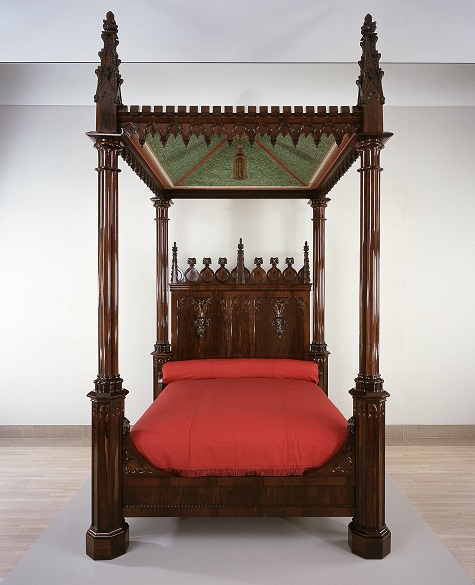
Bedstead, Crawford Riddell, c. 1844, Brazilian rosewood, tulip poplar, and yellow pine, Dallas Museum of Art, gift of three anonymous donors, Friends of the Decorative Arts Fund, General Acquisitions Fund, Discretionary Decorative Arts Fund, and the Boshell Family Foundation
Also, I know how easy it is to let the excitement of the race throw off your timing. Gerald Murphy’s Watch is a great reminder to check your pace and adjust your gallery viewing speed if necessary.
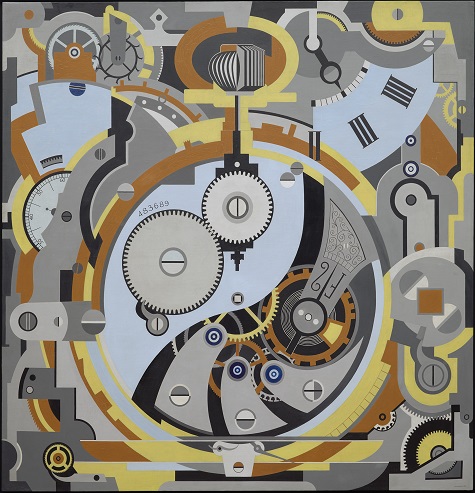
Gerald Murphy, Watch, 1925, oil on canvas, Dallas Museum of Art, Foundation for the Arts Collection, gift of the artist, (c) Estate of Honoria Murphy Donnelly
Dodge Obstacles and Find Inspiration: Level 3: Arts of Africa, Asia, and the Pacific, The Wendy and Emery Reves Collection
Head down the stairs to Level 3, where you will come face to face with sculptures, jewelry, and artifacts from Africa, Asia, and the Pacific. You may want to pick up the pace when you spot the coffin of Horankh in the Ancient Egyptian gallery. We have several Egyptian coffins (including one with an actual mummy inside!), and although they are beautiful, they are rumored to look a little too alive at times!
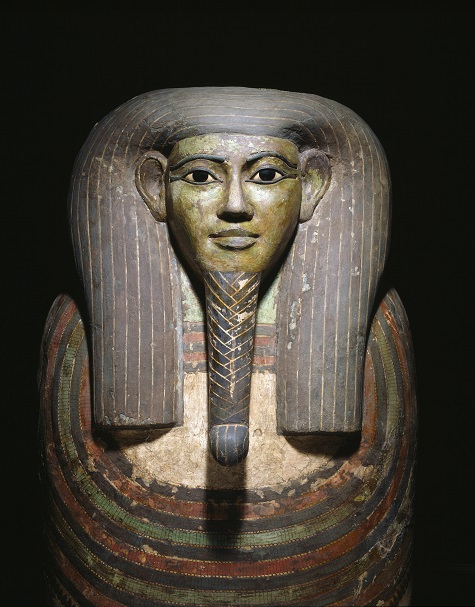
Coffin of Horankh, Egypt, Thebes, Late Period, c. 700 B.C., wood, gesso, paint, obsidian, calcite, and bronze, Dallas Museum of Art, the Cecil and Ida Green Acquisition Fund
Before you leave the third floor, loop around to the Wendy and Emery Reves Collection for some inspiration. Vincent van Gogh’s Sheaves of Wheat is a breathtaking sight that should not be missed!
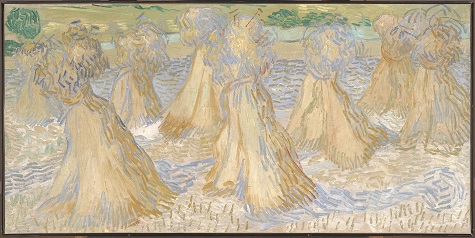
Vincent van Gogh, Sheaves of Wheat, July 1890, oil on canvas, Dallas Museum of Art, The Wendy and Emery Reves Collection
Beat “The Wall”: Level 2: Ancient Mediterranean and European Art
Trot down the stairs to Level 2, where you will glide between athletic bodies featured in the Greek and Roman statues, busts, and antiquities. Pat yourself on the back; after this race, you will be able to rank yourself among these talented athletes!
At this point in the race, it is common to hit “the wall,” and you may be starting to feel like the characters in Fernand Leger’s Divers or Picasso’s Guitarist in the European galleries, but keep going–you’re almost to the end!
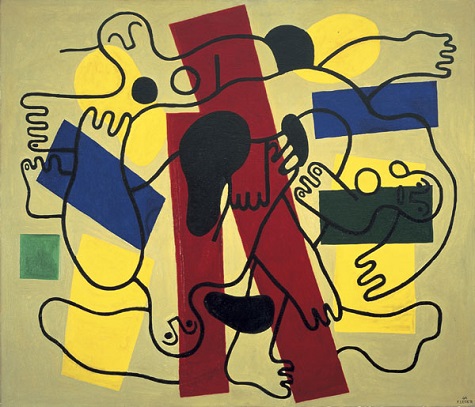
Fernand Léger, The Divers (Red and Black), 1942, oil on canvas, Dallas Museum of Art, Foundation for the Arts Collection, gift of the James H. and Lillian Clark Foundation, (c) Artists Rights Society (ARS), New York/ADAGP, Paris
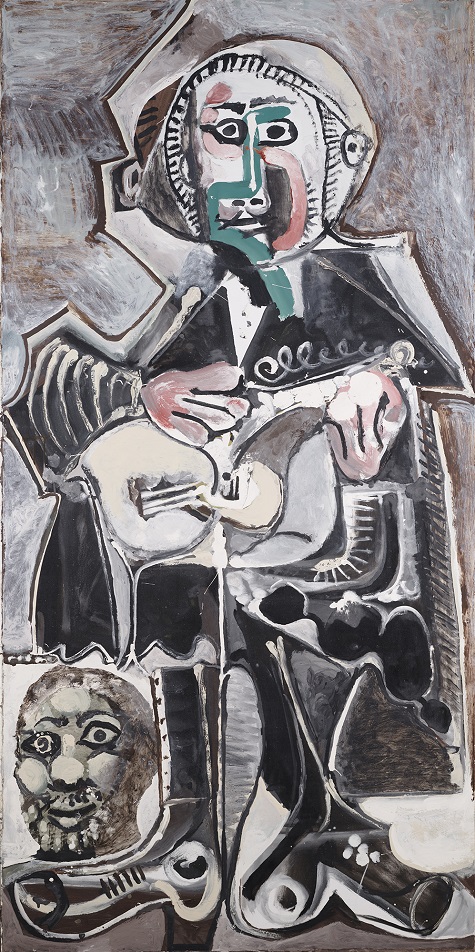
Pablo Picasso, The Guitarist, 1965, oil on canvas, Dallas Museum of Art, The Art Museum League Fund, (c) Estate of Pablo Picasso/Artists Rights Society (ARS), New York
The Light at the End of the Tunnel: Level 1: Contemporary Art
Your heart is pounding as you head into the final stretch of the marathon. Your final leg will take you back up the Museum Concourse to the finish line in the contemporary art galleries. You can hardly believe your eyes when you catch a glimpse of Mark Rothko’s Orange, Red and Red and wonder if you are seeing a mirage. But it is real, and the finish line is surrounded by gorgeous contemporary works. Take in the sights as you relish this moment–you did it!
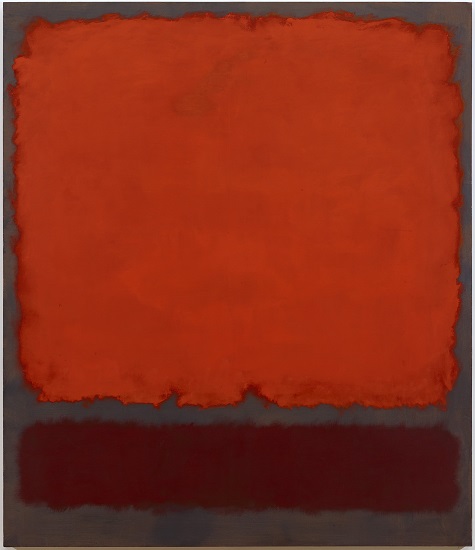
Mark Rothko, Orange, Red and Red, 1962, oil on canvas, Dallas Museum of Art, gift of Mr. and Mrs. Algur H. Meadows and the Meadows Foundation, Incorporated, (c) 1998 Kate Rothko Prizel & Christopher Rothko/Artists Rights Society (ARS), New York
It’s been my pleasure to take you along on the DMA Marathon. We hope that you are able to join us during marathon weekend and experience the Museum firsthand! Best of luck to all of my fellow runners; see you at the finish line!
Amelia Wood is the McDermott intern for family & access teaching at the DMA.
